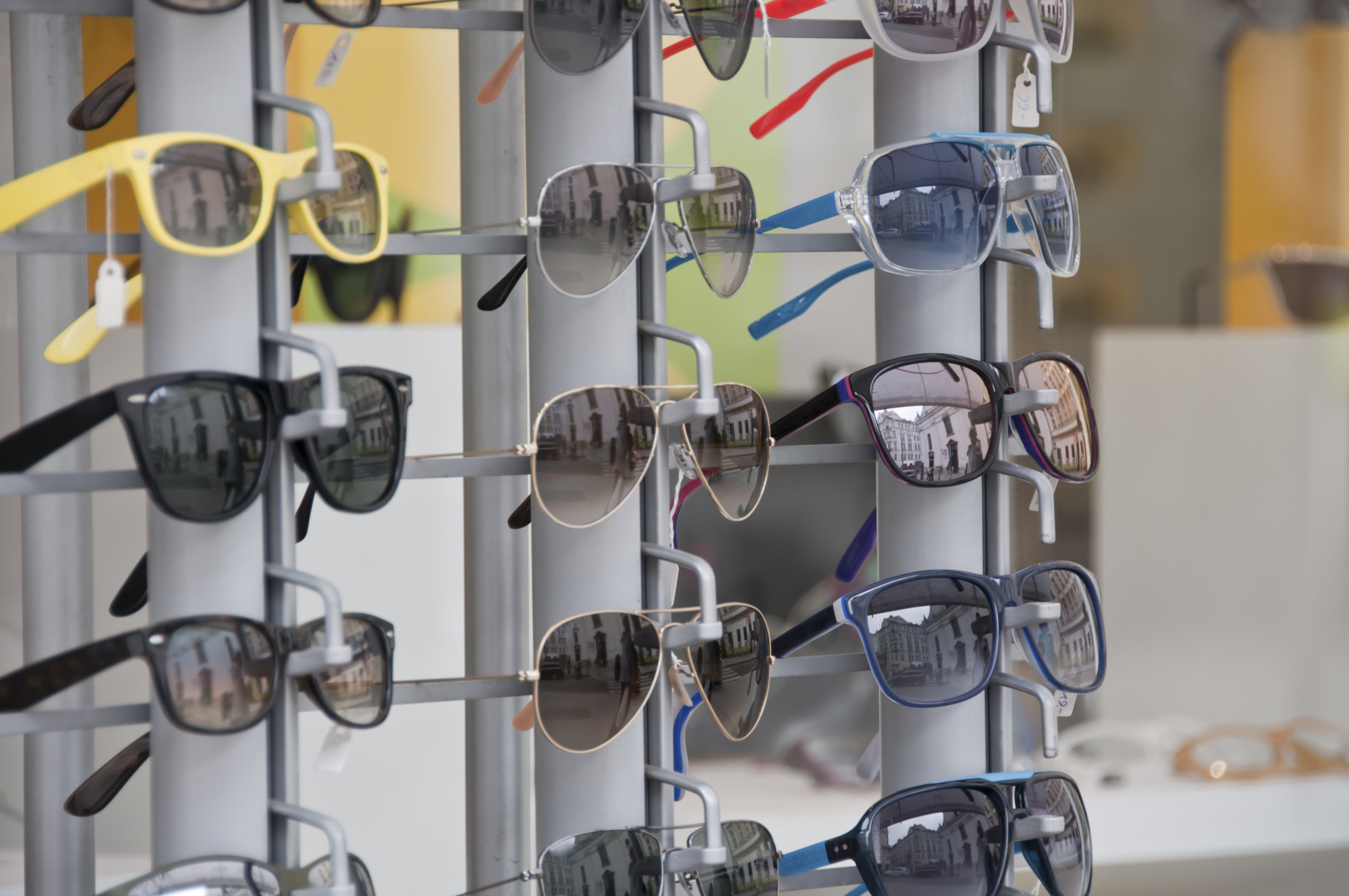WASHINGTON — The United States is heading for an explosion in the number of adults with arthritis.
The primary culprit is osteoarthritis, which is caused by wear and tear on the joints.
The Centers for Disease Control and Prevention says 52.5 million Americans over the age of 18 were diagnosed with arthritis in 2010-2012. By 2030, the CDC predicts that number will rise to 67 million — roughly 25 percent of the adult population.
Osteoarthritis is by far the most common of the more than 100 types of arthritis. And while it cannot be totally prevented in our older years, doctors say the things people do when they’re young have the power to significantly lessen the pain and delay the onset of the disease.
Dr. Assil Saleh with Foxhall Internists in Washington, D.C., says it’s something people in their 20s, 30s and 40s really need to think about.
“That is a conversation I have with my patients in that age group all the time,” says Saleh, who is trained in both internal medicine and rheumatology.
“You see these young healthy patients, who are very active and athletic and if they have an injury to a joint, you tell them to be kind to that joint and not to be consistently subjecting themselves to repetitive trauma,” she explains.
Saleh says those repetitive injuries — especially from high impact sports — can set a young person up for arthritis later in life.
But while significant, those injuries are not the biggest risk factor for osteoarthritis. The nation’s obesity epidemic is the biggest single cause of osteoarthritis cases now and into the future.
Keeping weight at a healthy level significantly eases the impact on the joints — another reason why proper nutrition is so important starting in childhood.
Strength training can also help. Saleh says building up the big quadricep muscle in the upper leg, for example, “is one of the other interventions that can slow the progression or even the onset of osteoarthritis of the knee.”
May is National Arthritis Awareness month, a great time to take stock and make the lifestyle changes when young that can impact quality of life for decades to come.
That’s crucial because while there have been great strides in the treatment of other forms of arthritis, there has been no breakthrough when it comes to osteo — which is solely the result of wear and tear over time.
Saleh says that is why it is so important to get the message out to young people about the need to protect their joints, and cut the risk of pain and limited movement down the line.






